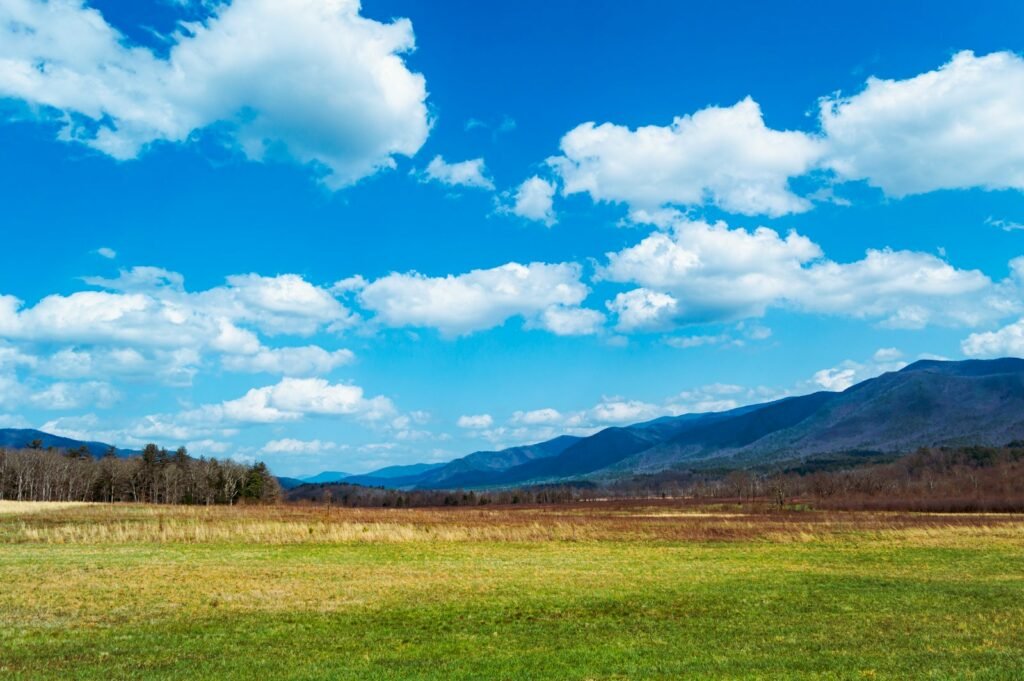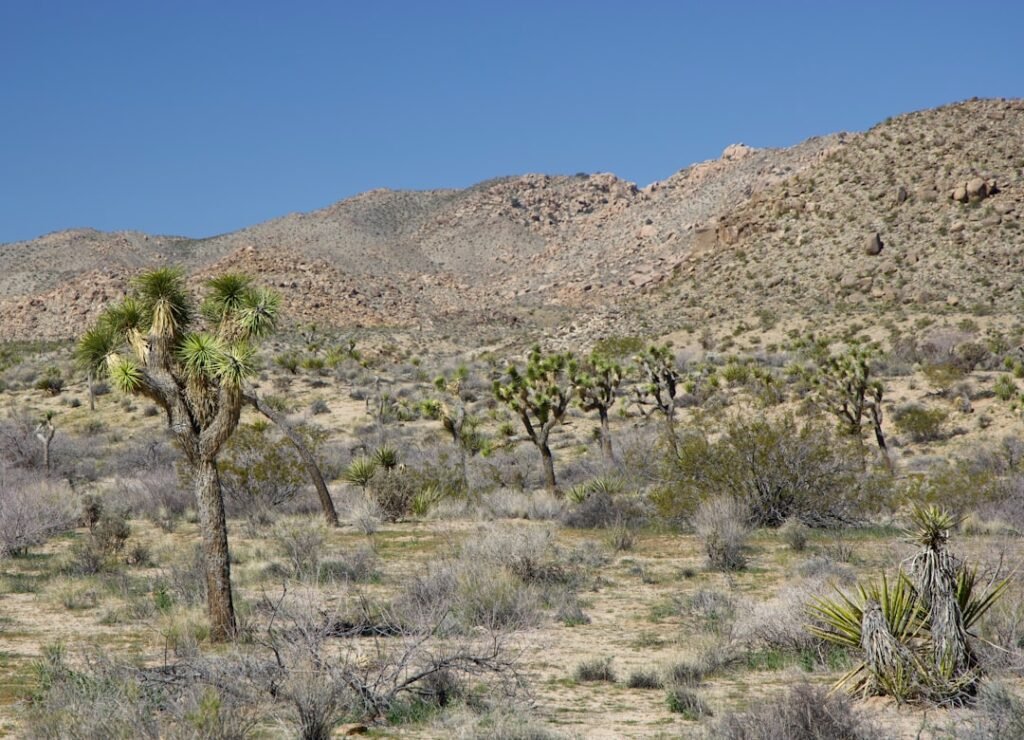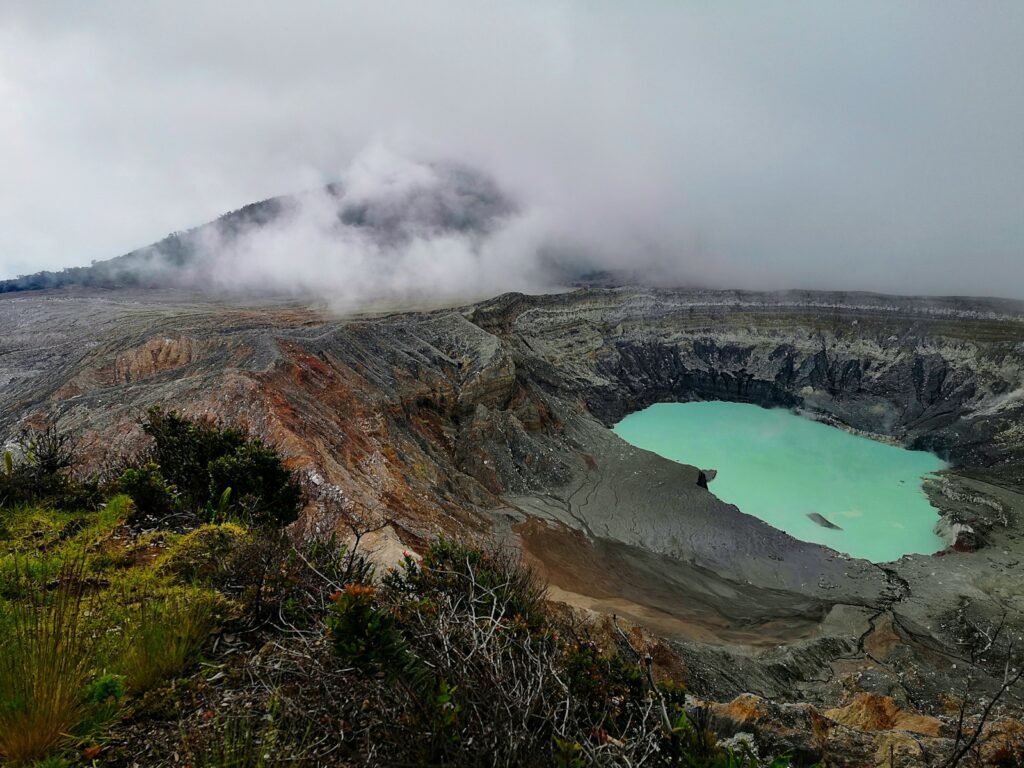Have you ever wandered through a summer meadow, only to notice something missing from the air? Once, the rolling hills and ancient forests of Appalachia shimmered with clouds of butterflies—an everyday miracle that seemed as eternal as the mountains themselves. Today, the skies are quieter, their color dimmed, their fluttering spirits vanished. What happened to the butterflies that once danced across these landscapes? The story is both heartbreaking and urgent, woven together by science, history, and the relentless march of human ambition. It’s a tale of beauty lost and the echoing consequences of an industry that reshaped the very air above our heads.
The Appalachian Tapestry: A Biodiversity Hotspot

The Appalachian region is more than just a scenic backdrop to folk songs and hiking adventures. It’s one of North America’s richest havens for plant and animal life. Butterflies, with their delicate wings and vivid patterns, have flourished here for millennia, thanks to the region’s complex mosaic of forests, wildflowers, and meadows. Scientists have long marveled at how the unique geology and climate of Appalachia create microhabitats—tiny worlds where rare species can thrive. This diversity isn’t just beautiful; it’s vital, supporting food webs and pollination cycles that keep the whole ecosystem humming. When you lose a butterfly here, you’re not just losing a pretty insect—you’re knocking out a keystone in a living cathedral.
Butterflies as Nature’s Barometers

Butterflies aren’t just decorative; they’re living indicators of environmental health. Think of them as nature’s version of a coal mine canary. Because their life cycles are so closely tied to specific plants and microclimates, even small changes in their numbers can signal trouble long before we see it elsewhere. In Appalachia, scientists have used butterfly surveys for decades to track the health of forests, meadows, and streams. A sudden decline in butterfly species usually hints at deeper disruptions—pollution, invasive species, or, most dramatically, habitat loss caused by human activity.
The Age of Logging: A Turning Point

The late 1800s and early 1900s marked a seismic shift in Appalachia. Logging companies, lured by the promise of vast timber reserves, swept through the region like a storm. Towering chestnut, oak, and hemlock forests fell to axes and saws, their trunks hauled away by railroads that carved deep scars into the mountainsides. The scale was almost unimaginable: entire valleys stripped bare in a single season. For the butterflies, this was a cataclysm. Generations of insects that depended on old-growth canopies and understory plants found their homes razed and their food vanished overnight.
Lost Habitats and Broken Life Cycles

Butterflies are picky about where they lay their eggs and what their caterpillars eat. Many Appalachian species rely on native wildflowers and shrubs that only grow in certain light conditions—often the dappled shade of mature forests. Logging didn’t just remove trees; it erased the very fabric of these habitats. Without the right plants, butterfly larvae have nowhere to grow, and adults have nowhere to feed or breed. This disruption turns a vibrant patchwork of life into a barren expanse where only the hardiest, most generalist species can survive.
The Disappearance of Iconic Species
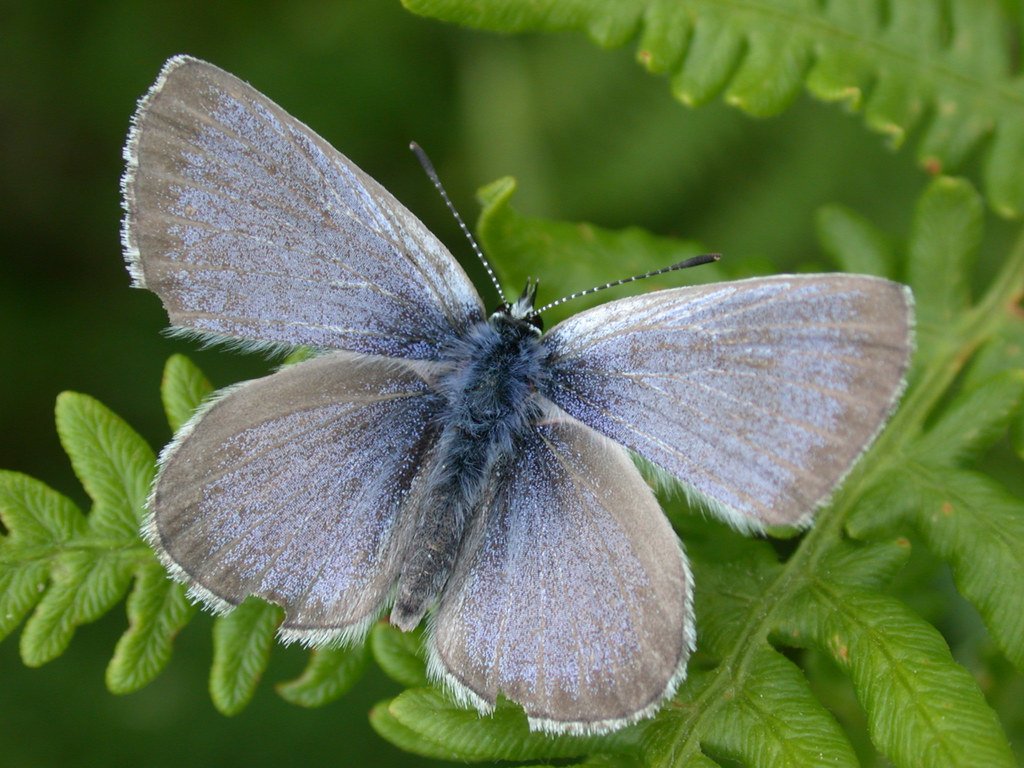
Some butterflies, like the regal Diana fritillary or the Appalachian grizzled skipper, became legendary precisely because of their rarity and beauty. But as logging intensified, sightings of these icons grew scarcer. The Diana fritillary, once common in open woodlands, is now a ghost in its native range. The Appalachian azure, a tiny blue gem, has all but disappeared from many former strongholds. These losses aren’t just numbers on a scientist’s clipboard—they’re stories of extinction unfolding in real time.
Edge Effects: When the Forest Frays

After logging, what’s left behind isn’t a clean slate but a fractured landscape. Scientists call this the “edge effect.” When forests are chopped into fragments, the remaining patches are exposed to more sunlight, wind, and invasive plants. This changes temperature and moisture levels, making life harder for shade-loving butterflies. Instead of continuous green havens, you get a patchwork of microclimates—some too hot, some too dry, none quite right. Butterflies that once moved freely across miles of unbroken forest now find their world shrunk and hostile.
Invasive Plants and the Butterfly Crisis

Logging doesn’t just remove native plants—it opens the door for invaders. Species like Japanese honeysuckle and multiflora rose thrive in disturbed soils, quickly smothering native wildflowers that butterflies depend on. These invaders crowd out host plants, leaving caterpillars with nothing to eat. It’s like replacing a gourmet buffet with cardboard. The result? Fewer butterflies, less pollination, and a downward spiral for the entire ecosystem.
The Role of Fire and Regeneration

Historically, natural fires played a role in maintaining Appalachian habitats, clearing underbrush and sparking fresh growth of wildflowers. But after heavy logging, the landscape changed so much that fires became either too rare or too intense, further disrupting butterfly habitats. Young forests often regrow with different species than before, lacking the diversity butterflies need. Regeneration, once a natural cycle, now struggles to keep pace with the disruptions of the past.
Climate Change: Compounding the Crisis

Logging set the stage, but climate change is adding fuel to the fire. Rising temperatures and shifting rainfall patterns stress both plants and insects. Some butterflies are forced to move higher up the mountains, searching for cooler habitats. Others simply vanish when the weather turns unpredictable. Scientists warn that without robust forests to buffer these changes, Appalachian butterflies face a double threat: their old homes destroyed, and their new refuges shrinking fast.
Science on the Wing: Monitoring and Recovery Efforts

Despite the grim news, hope isn’t lost. Conservation groups and scientists are working tirelessly to document butterfly populations and restore lost habitats. Citizen science projects, like butterfly counts and tagging programs, invite ordinary people to join the effort. New technologies, from drones to genetic analysis, help track the subtle changes that signal recovery—or further loss. Every sighting, every data point, is a piece of the puzzle needed to bring these lost butterflies back.
Restoring Native Plants: The First Step Back
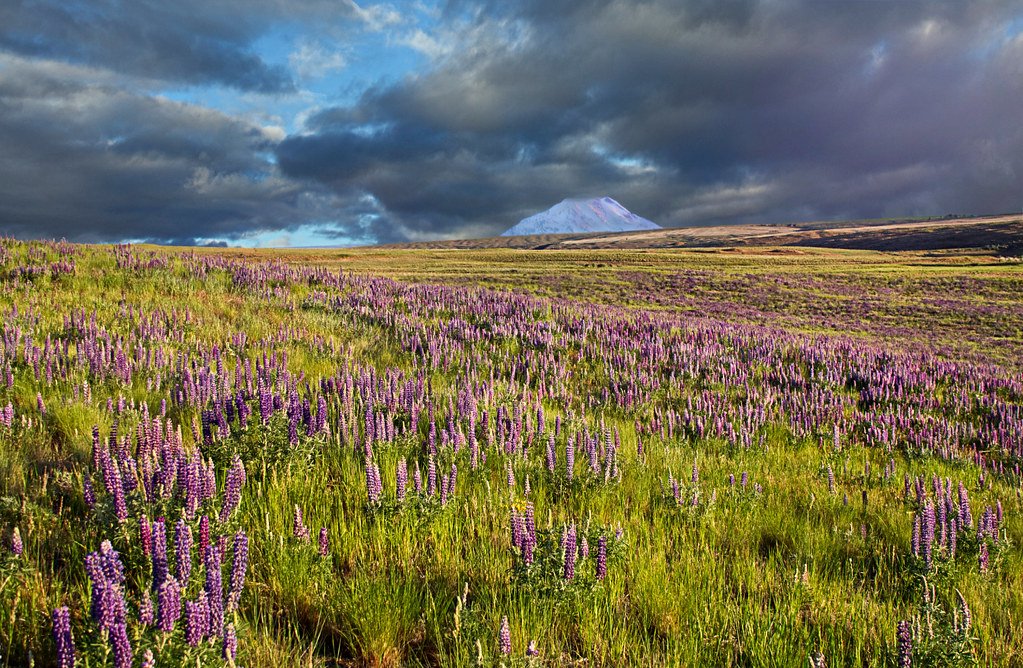
One of the most effective ways to help Appalachian butterflies is surprisingly simple: plant native wildflowers and shrubs. Restoration projects focus on reintroducing host plants like violets, milkweed, and spicebush, which many butterflies depend on. By mimicking natural forest conditions, these efforts give caterpillars what they need to survive and thrive. It’s slow, painstaking work, but every new sprout is a promise of hope fluttering on the breeze.
Butterflies and the Human Connection

There’s something almost magical about butterflies—how they capture our imagination and symbolize transformation. For many Appalachian communities, their decline is personal. Local festivals, art, and folklore are filled with references to these winged wonders. Losing butterflies means losing a piece of cultural heritage, a living connection to the land. Their story is our story, written in the language of wings and wildflowers.
Economic and Ecological Ripple Effects

Butterflies aren’t just beautiful; they’re also crucial pollinators. Without them, wildflowers and crops struggle to reproduce, affecting food webs and local agriculture. Tourists flock to see vibrant butterfly displays, bringing dollars to rural towns. Their loss is more than ecological—it’s economic, cascading through the region in ways both seen and unseen.
Education and Community Involvement

Awareness is a powerful tool. Schools, nature centers, and local groups are teaching the next generation about butterfly conservation. Hands-on activities like building butterfly gardens or joining counts spark curiosity and commitment. When people understand the stakes, they become fierce advocates for change, turning despair into action.
Personal Choices, Collective Impact
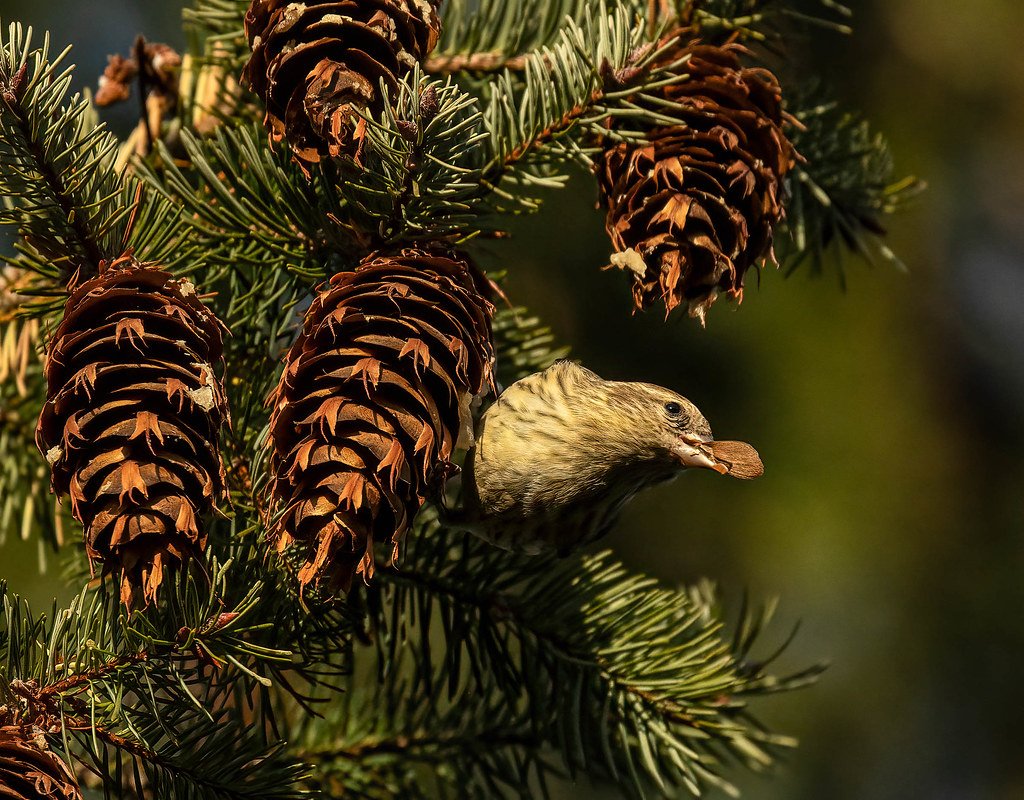
Even small choices matter. Homeowners can plant native species, avoid pesticides, and leave wild corners for nature to reclaim. These individual acts, multiplied across Appalachia, create safe havens for butterflies and other wildlife. It’s a reminder that we’re not just bystanders—we’re part of the solution, each action a drop in a much-needed rain.
Looking to the Future: Can the Skies Recover?
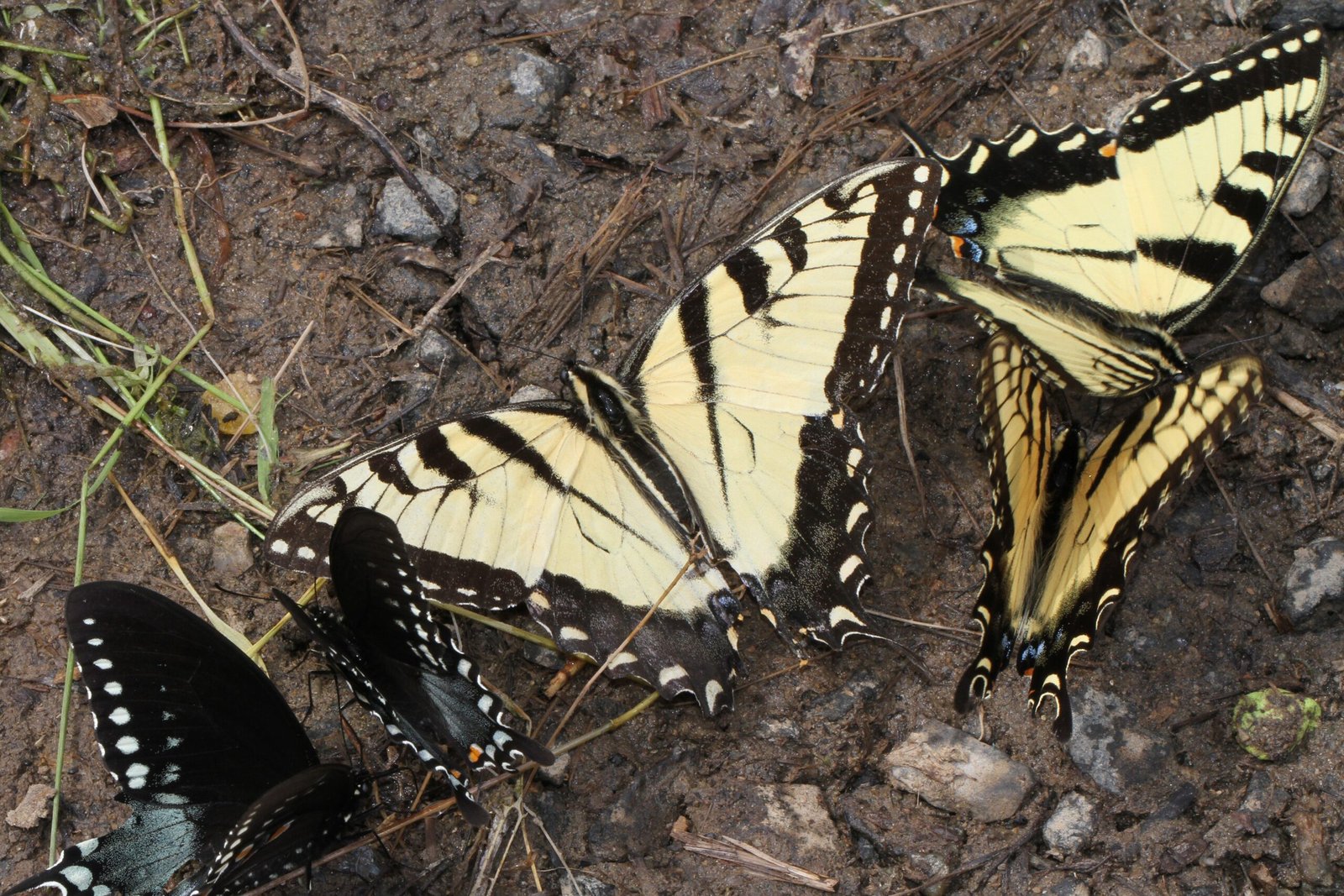
The story of the lost butterflies of Appalachia is still being written. Science, community, and a growing sense of stewardship offer hope that the skies might one day regain their lost color. By understanding the intertwined histories of forests and butterflies, we can begin to heal what’s been broken. The question remains: will we answer the call to bring beauty back, or let the silence settle forever?

